19+ APA Reference List Examples to Download
When it comes to writing research papers and academic essays, proper citation is crucial. Following a standardized format helps ensure accuracy, consistency, and credibility of the information presented. One widely used format is the APA (American Psychological Association) style. An essential component of APA formatting is the Reference List, which serves as a comprehensive bibliography of all sources cited in the paper. In this article, we will explore the definition and function of an APA Reference List, provide a step-by-step guide to effectively creating one, address common FAQs related to APA citation and the Reference page in APA format, and conclude with the importance of accurate citations.
1. APA Reference List Examples
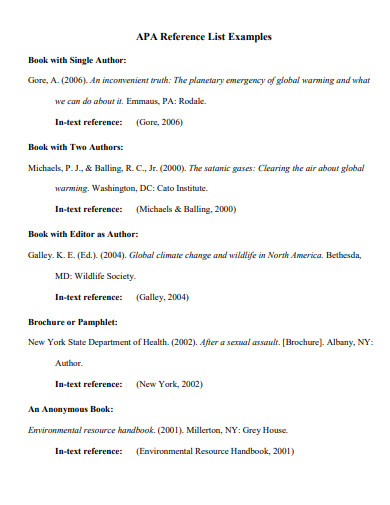
library.flcc.edu
2. APA 7 Edition Reference List
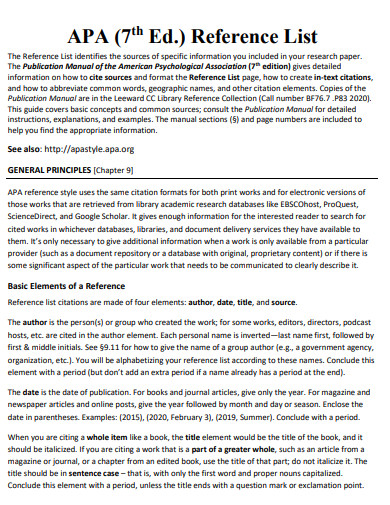
leeward.hawaii.edu
3. Creating APA Reference List of Paper
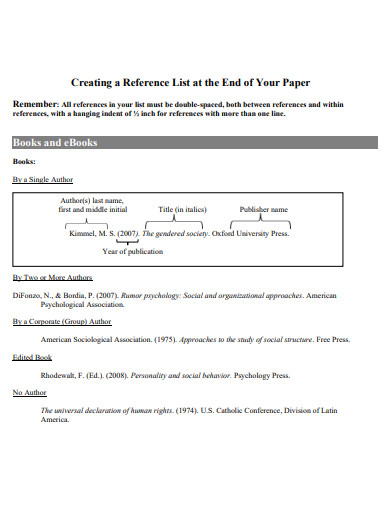
stmarys-ca.edu
4. APA Style 7 Reference List
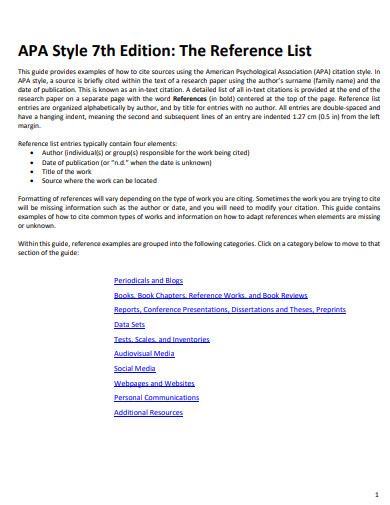
smu.ca
5. APA Style Reference List Guide
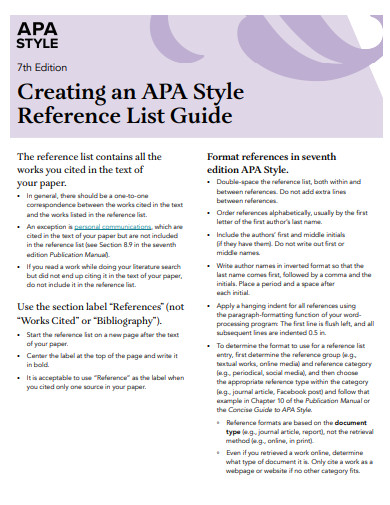
apastyle.apa.org
6. APA The Reference List
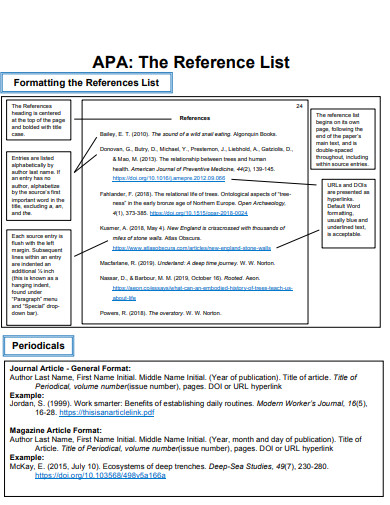
library.immaculata.edu
7. APA Reference List Quick Guide
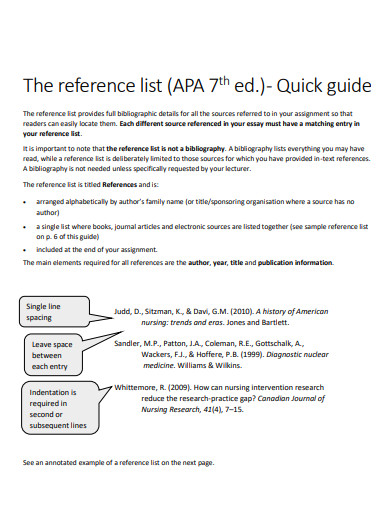
lo.unisa.edu.au
8. APA Reference List Publication Manual

academics.nsuok.edu
9. APA Reference List Template
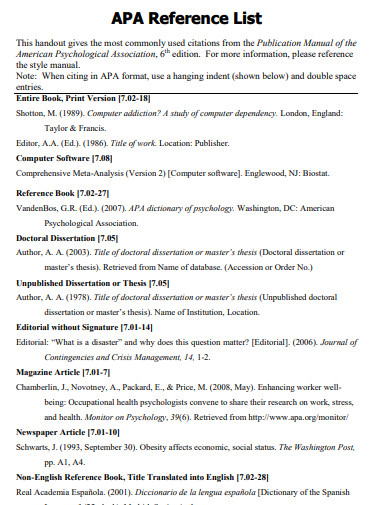
uwc.cah.ucf.edu
10. APA 7 In-Text and Reference List
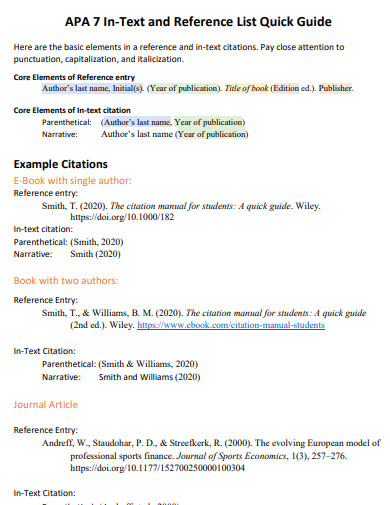
nr.edu
11. 7th Edition APA Reference List Citation

alverno.edu
12. APA Reference List Sources
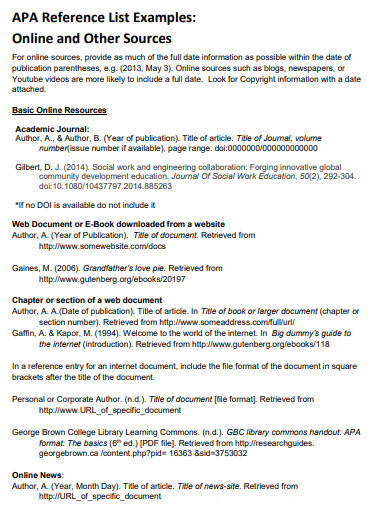
georgebrown.ca
13. APA Reference List Notes
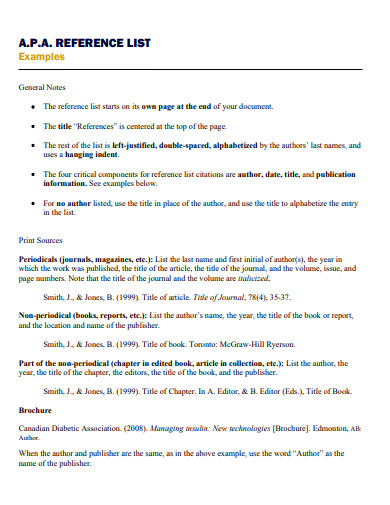
liberalarts.humber.ca
14. APA Reference List Style Guide
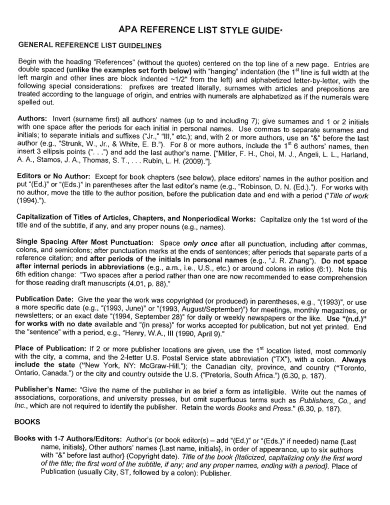
pvamu.edu
15. Comprehensive APA Reference List
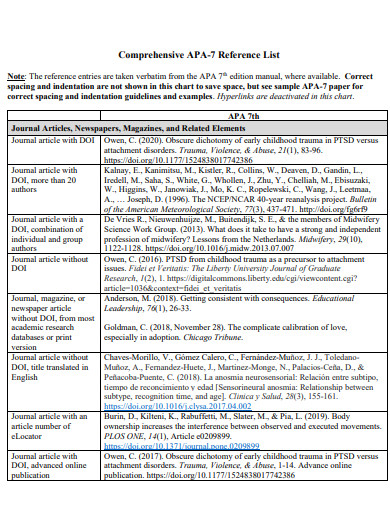
liberty.edu
16. APA Reference List and In-Text Citation Guide
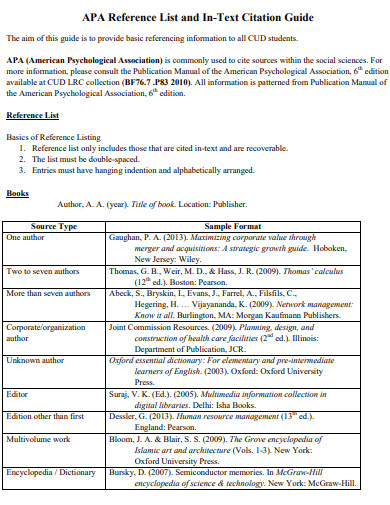
cud.ac.ae
17. APA Reference List Format
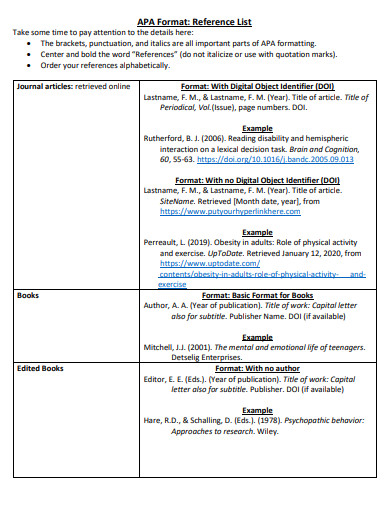
torontomu.ca
18. Basic APA Reference List
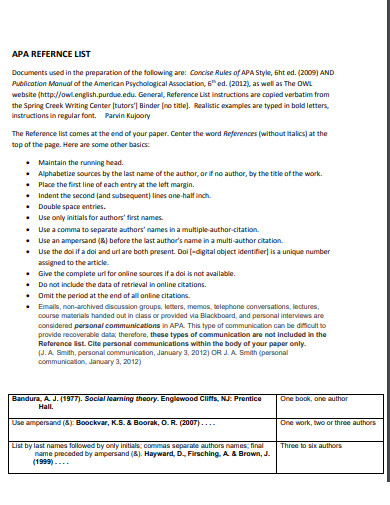
collin.edu
19. APA 6th Edition Reference List
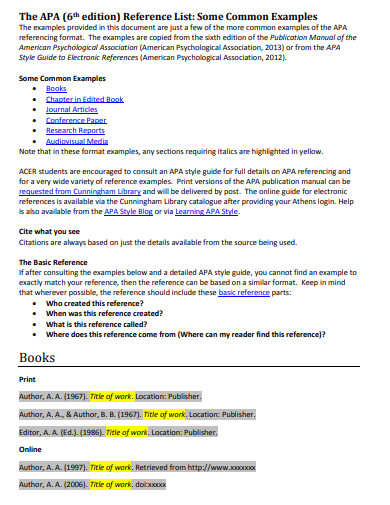
acer.org
20. APA Documentation Style Reference List
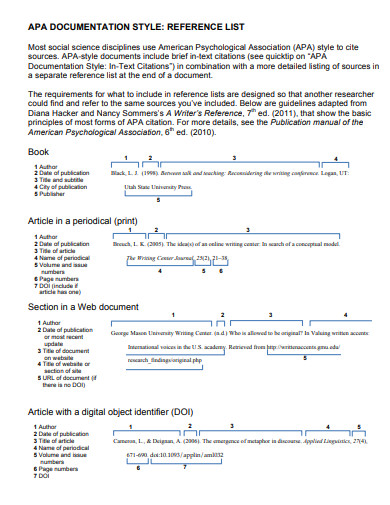
writing.umn.edu
What is an APA Reference List?
The APA Reference List, also known as the APA bibliography, is a crucial component of academic writing that serves as a comprehensive bibliography of all the sources cited in a research paper. It provides detailed information about each source used, such as author(s), publication date, title, and source location (e.g., URL or page numbers). By including a Reference List, writers not only demonstrate their adherence to academic standards but also provide readers with the necessary information to locate and verify the validity of the information presented.
How to Effectively Write Your APA Reference List:
Creating an APA Reference List can seem overwhelming, but by following a systematic approach, you can effectively present your sources. Here’s a step-by-step guide to help you navigate the process:
Step 1: Gather the necessary information:
Collect all the relevant details about each source, including author(s), publication date, title, and source location (e.g., URL or page numbers).
Step 2: Format your entries:
Arrange your citations in alphabetical order by the last name of the first author. Ensure proper capitalization, punctuation, and italicization where required. Use a hanging indent for each entry, where the first line starts at the left margin, and subsequent lines are indented.
Step 3: Structure your entries
Different types of sources, such as books, journal articles, websites, and more, require specific formats. Follow the APA guidelines for each type to ensure consistency and accuracy in your citations.
Step 4: Verify your entries
Double-check the accuracy of each entry, including spelling, punctuation, and formatting. Ensure that the information provided is complete and matches the in-text citations used within your paper.
FAQs
What is the difference between a Reference List and a Bibliography?
While both serve the purpose of providing a list of sources used, there is a subtle distinction between them. In APA style, a Reference List includes only the sources cited in the paper, while a Bibliography may include additional sources consulted during the research process, even if they were not directly cited.
Should I include all the authors in an APA Reference List?
For sources with up to seven authors, include all the names in the Reference List. If a source has eight or more authors, list the first six authors’ names, followed by an ellipsis (…), and then the last author’s name.
How do I cite online sources without page numbers?
When citing online sources without page numbers, such as web pages or articles, use paragraph numbers or section headings instead. If these are not available, you can use the name of the section or a descriptive phrase to indicate the location of the information.
In conclusion, the APA Reference List serves a crucial function in academic writing by providing a comprehensive bibliography of sources cited in a research paper. By adhering to the step-by-step guide provided above, writers can effectively create an organized and accurate Reference List. Ensuring proper citation not only demonstrates scholarly integrity but also allows readers to access and evaluate the sources used. By following the guidelines for APA citation and the Reference page in APA format, you can achieve your learning objectives of presenting reliable and credible research. So, remember to cite your sources accurately and enhance the quality of your work.


